- 翰林提供学术活动、国际课程、科研项目一站式留学背景提升服务!
- 400 888 0080
【A-Level物理】重难点解析 | 基尔霍夫定理
在AS物理试卷中有一个必考题型,那就是利用基尔霍夫定理来分析电路,也就是求各个元件的值。
基尔霍夫定理也是分析和计算复杂电路的基础。
本篇文章就将为大家讲解基尔霍夫定理以及几道例题,帮助大家更好的准备考试!
首先,我们来看一下定义
Kirchhoff’s first law:
the sum of currents entering any point in a circuit is equal to the sum of thecurrents leaving the same point.
Kirchhoff’s second law:
the sum of the e.m.f.s around any loop in a circuit is equal to the sum of thepotential differences around the loop. 
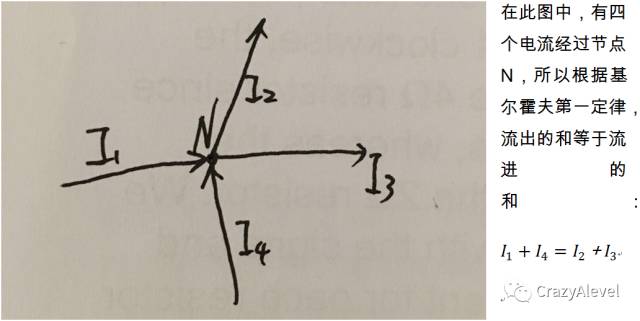 需要大家知道的事,基尔霍夫第一定律也叫Kirchhoff’s current law,既然是电流定理,那就和电荷有关,所以它体现的是conservation of charge. 这里的思想就是the totalamount of charges entering a point must equal that of charges exiting thepoint.
需要大家知道的事,基尔霍夫第一定律也叫Kirchhoff’s current law,既然是电流定理,那就和电荷有关,所以它体现的是conservation of charge. 这里的思想就是the totalamount of charges entering a point must equal that of charges exiting thepoint. 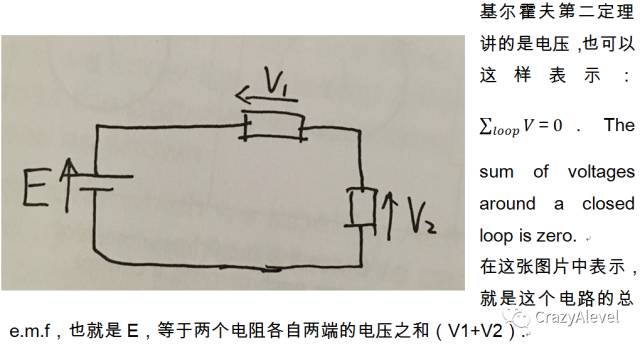 第二定律既然是关于电压,而电压又是energy transffered per unit charge,所以第二定律其实就是遵循能量守恒定律,conservation of energy。
第二定律既然是关于电压,而电压又是energy transffered per unit charge,所以第二定律其实就是遵循能量守恒定律,conservation of energy。
在做电路分析题的时候,大家需要格外注意一点,那就是符号,也可以说是方向。
一旦我们默认某个电流,或者电压是正,或者负,那么其他所有物理量的方向都要符合你的默认。
举个例子: 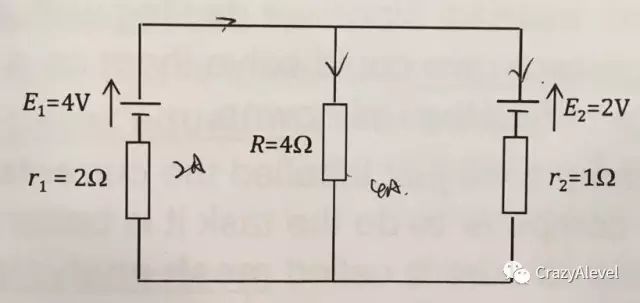 在这张图片中,有两个直流电源,E1和E2,我如果说E1的emf是4V,那么在我分析电路事,E2就被默认为-2V,这样一来电路中的总emf加起来就是4+(-2)=2V。
在这张图片中,有两个直流电源,E1和E2,我如果说E1的emf是4V,那么在我分析电路事,E2就被默认为-2V,这样一来电路中的总emf加起来就是4+(-2)=2V。
再看电流,既然是E1是正的,就说明我们默认电流从E1的正极流出,流入两个分支,再最后汇合,流经r1,流回电源负极,可千万不能因为E2的方向被迷惑了。
就拿这张图片做例题,给出的条件只有两个电源电压和三个电阻阻值,让我们求各个分支的电流。 
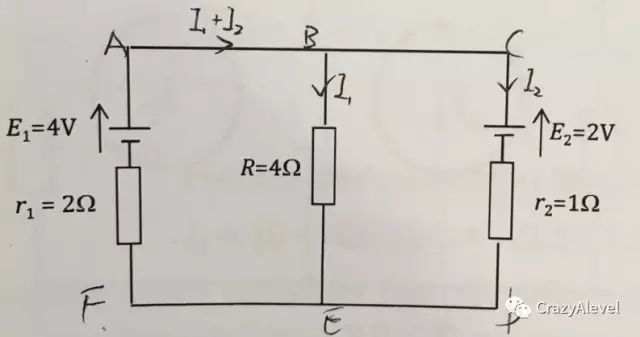
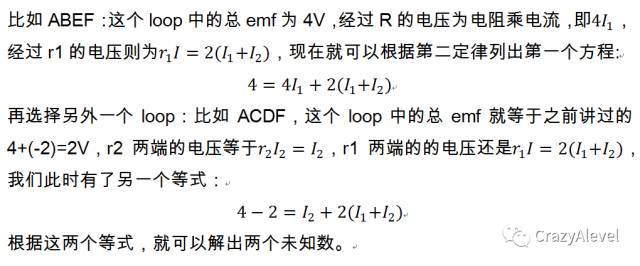

最新发布
© 2025. All Rights Reserved. 沪ICP备2023009024号-1








